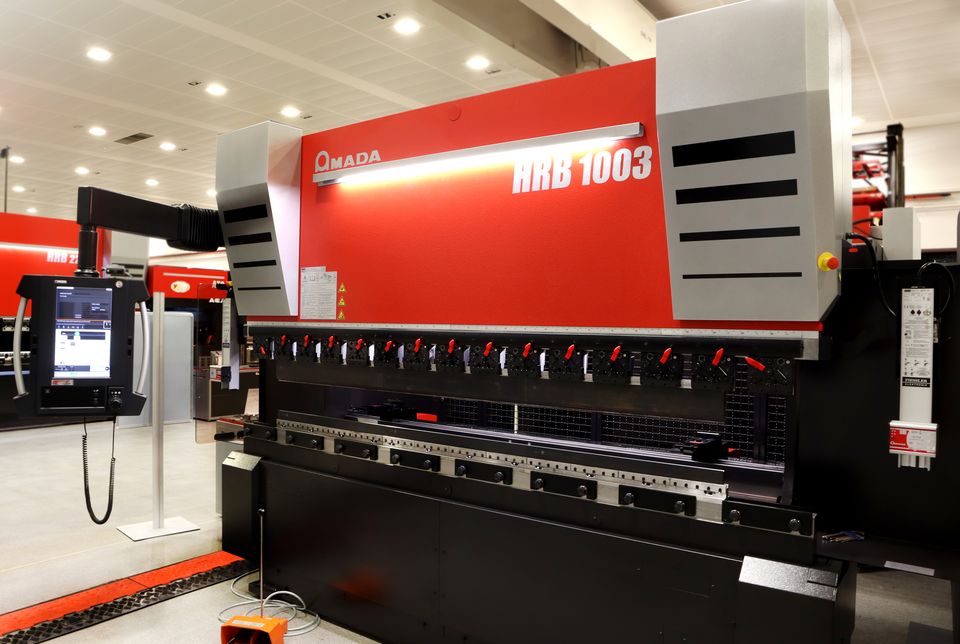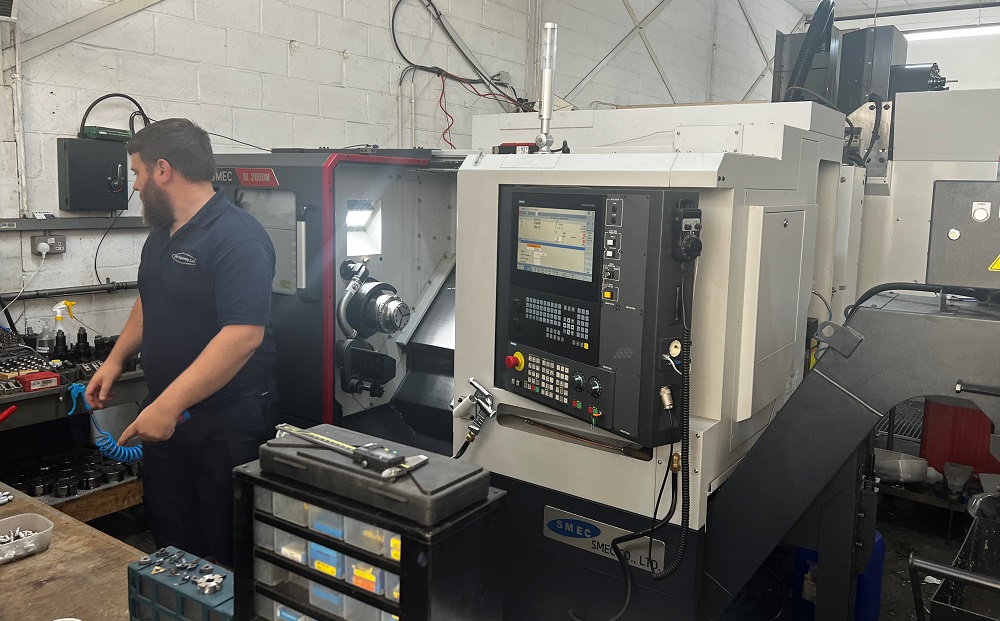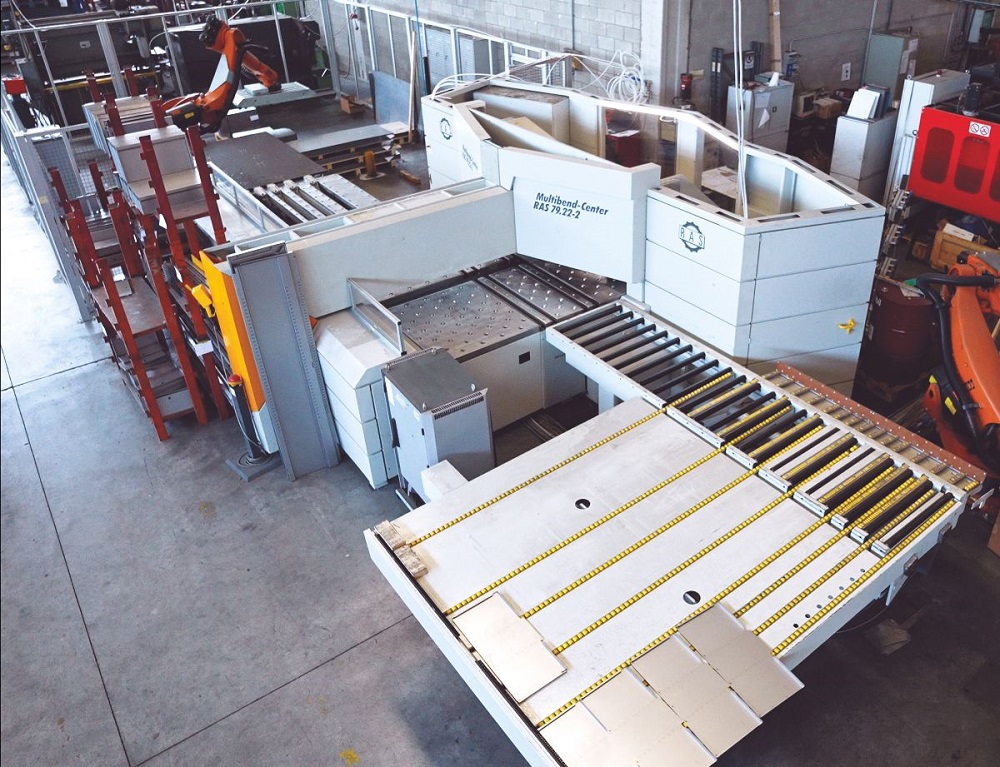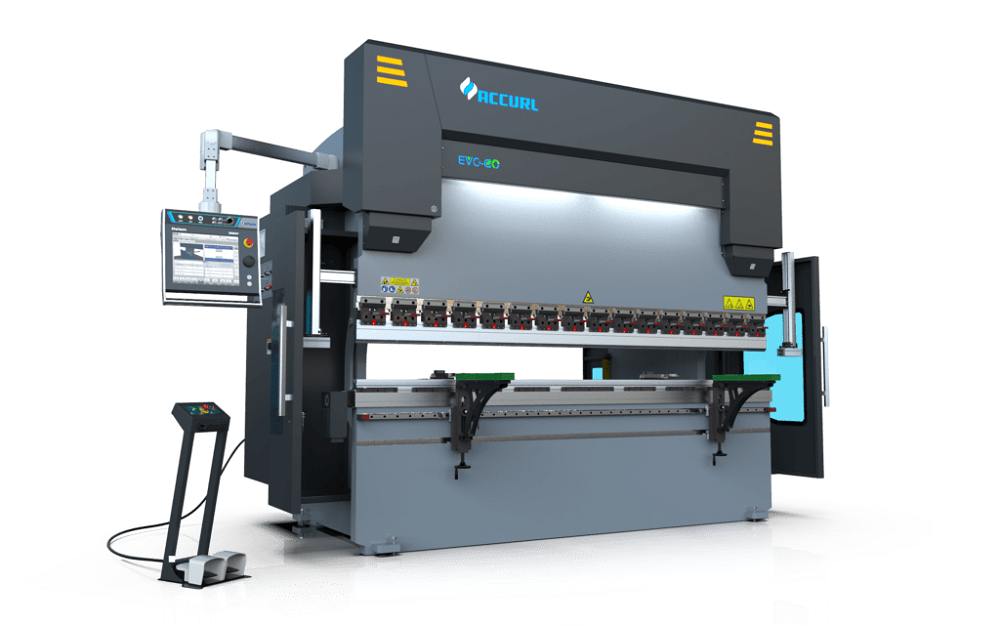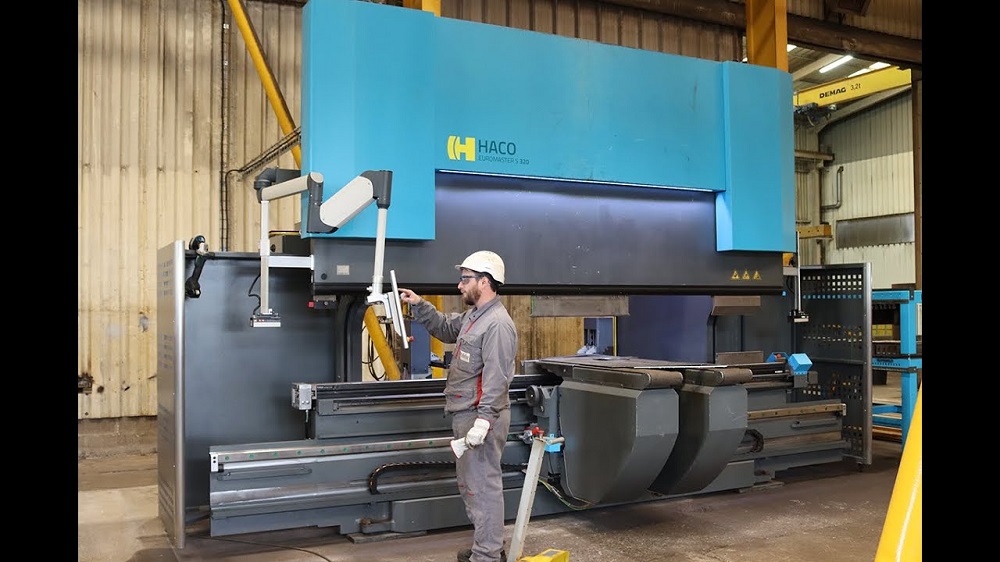Founded in 2005, DGF Engineering has been on a continuous growth trajectory and, at every step of the way, the Hertfordshire manufacturer has turned to Dugard for its CNC machine tools. The company started its investment in Dugard machines with the Dugard 1000 three-axis vertical machining centre, since been followed by a SMEC SL 2000M turning centre and now a smaller Dugard 550 machining centre.
The acquisition of the SMEC SL 2000M turning centre in 2022 was due to the turned components at DGF Engineering Ltd increasingly needing secondary milling operations on machining centres. To free-up milling capacity, the Royston-based subcontractor, which produces a diverse range of components for a variety of sectors, believed the Dugard SMEC would make a major difference – and it has.
Recalling why the company invested in a live turning centre, Liam Fernard, workshop manager at DGF Engineering,says: “Turning work with milled features was tying up our CNC milling department for too long and we needed a solution with live tooling. As we were happy with the service that we’d received from Dugard on our Dugard 1000 three-axis vertical machining centre, we naturally looked at their lathes.The SMEC SL 2000M turning centre ticked all the boxes.”
The SMEC SL 2000M CNC lathe comes with FANUC 0iTF or Siemens 828D control options, mill/drill option (M model), 570 mm swing over bed, 460 mm swing over cross slide and an 8″ chuck. It can handle parts measuring up 360 mm diameter and 540/520 mm in length.
With the service, support and reliability of Dugard being as robust as the machines, the company turned to Dugardonce again when it needed additional milling capacity.
Discussing the latest acquisition, Fernard says: “We bought the Dugard 550 for several reasons, one being its small footprint. We didn’t have a huge amount of room and the machine that the Dugard 550 replaced was only a small machine. A lot of the work we do is quite small components, so we didn’t need a large bed and big footprint machine like our Dugard 1000. So, the specification of this machine met all our needs and it fits exactly where we wanted it.”
As a subcontractor, DGF Engineering will typically machine anything, but its main industry focus is the scientific, liquid and gas testing industries – but then this diverse company could also be undertaking work for a farmer down the road.
“We machine a wide range of materials that include aluminium and stainless steel, and for a small machine the Dugard 550 handles stainless very well,” reports Fernard.“The machine has a 10,000 rpm spindle; the horsepower is very good and it will cut all day long.”
Referring to why the company has purchased yet another Dugard machine, Fernard adds: “We’ve been really impressed with the first two Dugard machines we bought and the service has been great. The machine it replaced was getting a little bit old and the spindle speed was only 6000rpm, so it just wasn’t machining how we really wanted. From experience, the first place for us to go was Dugard,to see what they had available.The Dugard 550 stood out; it seemed perfect for our needs.”
The Dugard 550 is a cost-effective vertical machining centre with FANUC, Siemens and Mitsubishi control options. Travel in the X, Y and Z-axis is 550, 440 and 460 mm respectively, with the machine offering a 16-station automatic tool changer (ATC). From order to delivery, the machine was on the shop floor in a matter of weeks.
“The machine was a stock model in the Dugard showroom and, as soon as we were interested, we paid a deposit and it was just a case of sorting things out here to make sure we could get the machine placed,” explains Fernard.“Dugard delivered the machine and took the old one away.They also re-sited another machine for us and completed everything in just 90 minutes. As a company, Dugard understands we have to make money and downtime is expensive, so they do everything in their power to get us up and running as quickly as they can.”
The company is programming its machines with an offline CAM system, alluding to which, Fernard says: “The latest machine fits in easily, just like the other machines. There is a post-processor for the machines, so you don’t have to make any changes. Additionally, we have a mist filtration system on the latest machine. We were debating whether we needed a filtration system, but to make sure we were compliant with legislation, we installed a Dugard filtration unit on the Dugard 550.”
In conclusion, Fernard says: “The machine was delivered with the filtration system already fitted and, as we were very happy with immediate results, we asked Dugard to retrofit filtration systems to our other machines. This was done a day after the Dugard 550 machine was delivered and installed. The service has been fantastic and whenever I speak to anyone who is looking for a machine, I always recommend Dugard because they haven’t put a foot wrong. There’s nothing that is too much trouble for them and they will help you out as much as they can.”
For further information www.dugard.com







